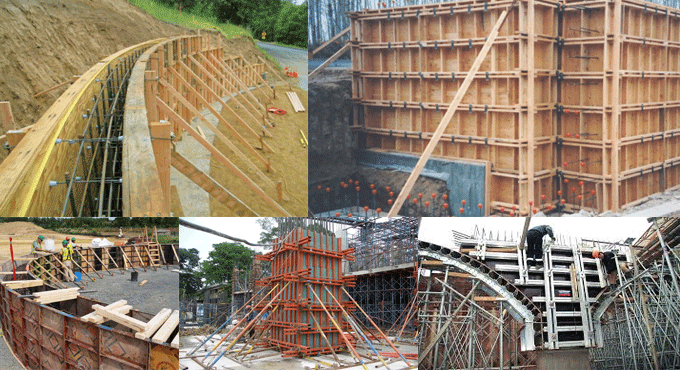
Types and selection process of concrete forms
Concrete forms stand for a solid barrier that can be used to retain the fluid concrete in exact position unless it is solidified achieved a specific shape. The concrete captures the shape of the form or the mold in which it is confined. In recent times, several new concrete form systems emerge out which include some extra features like insulation, surface patterns and effects to the concrete cast.
The formwork is chosen on the basis of the following types and the criteria.
Types of Concrete Forms - The following types of concrete forms are utilized in concrete casting are:
1. Wooden Forms
2. Insulated Concrete Forms
3. Foam Concrete Forms
4. Concrete Wall forms
5. Steel Forms
How to choose Concrete Forms: The selection of concrete forms is dependent on ?where? and ?how ?the system is used. The following factors should be taken into consideration for the selection.
1. Pour Size
2. Pressure on the Form
3. Weight on the form
4. Type of Compaction
5. Amount of concrete to be retained
The following prime elements are vital for selection :-
1. The concrete forms to be chosen should be either owned or rented. Prior to purchase, the cost of owning and its prolonged should be examined thoroughly. If it is correct to rent the form, then form type that is simply accessible and cost-effective should have to choose.
2. The experience with a specific type of form influences the choice of form. A form system that is familiar to the workers should be selected so that no production loss is occurred. Devoid of proper training of a new form system, loss can happen.
3. In respect of aesthetics, steel forms offer a clean finish with fewer bug holes on the casted concrete surface in terms of wooden forms.
4. For arranging tolerances steel forms are superior as compared to other types. Steel forms contain built-in stiffness and do not engross moisture.
5. For low height structures, wood forms are mostly recommended. For 20ft high tall forms, steel forms containing extra bracing and supports are more suitable with regard to wooden forms.
6. To cast concrete with straight, curve or several offsets, and abrupt turns, steel form are recommended. If, there is any problem with cost, thin wooden forms should be employed.


